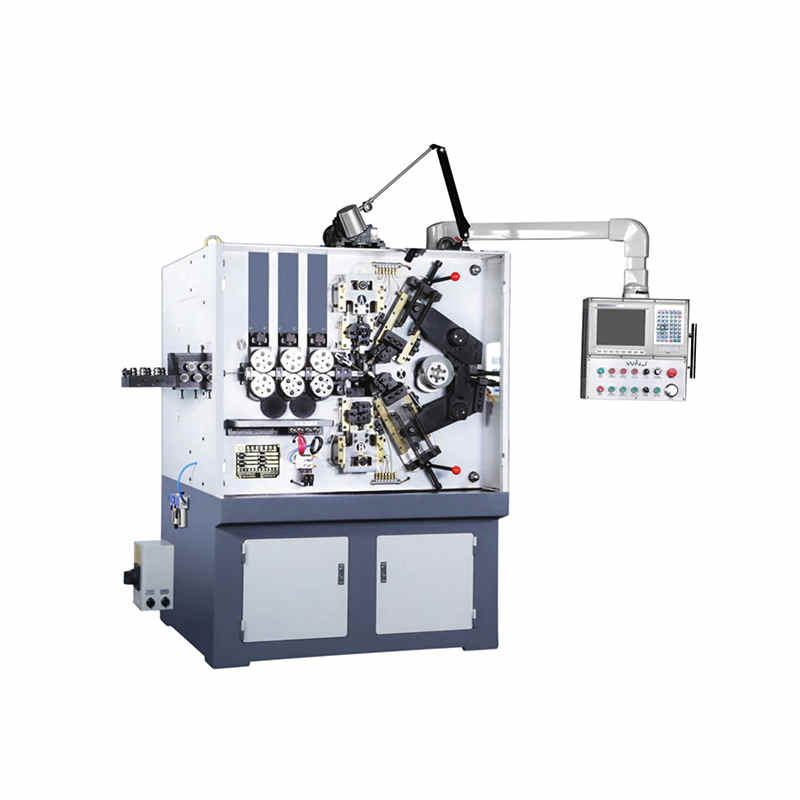Spring machine play a crucial role in improving manufacturing efficiency across various industries. These specialized machines are designed to produce springs of different types, sizes, and specifications with high precision and consistency. Here are several ways spring machines contribute to enhancing manufacturing efficiency:
Increased production speed:
Spring machines can produce springs at a much faster rate than manual methods. Modern CNC (Computer Numerical Control) spring machines can manufacture hundreds or even thousands of springs per minute, significantly increasing production output.
Improved accuracy and consistency:
Automated spring machines ensure that each spring produced meets exact specifications, reducing variations and inconsistencies that may occur with manual production methods. This leads to higher quality products and fewer rejections.
Reduced labor costs:
By automating the spring-making process, manufacturers can reduce their reliance on manual labor, leading to lower production costs and increased efficiency.
Versatility:
Spring machines can be programmed to produce a wide variety of spring types, including compression springs, extension springs, torsion springs, and wire forms. This versatility allows manufacturers to meet diverse customer needs without investing in multiple specialized machines.
Minimized material waste:
Advanced spring machines can optimize material usage, reducing waste and lowering production costs. Some machines can even recycle excess material, further improving efficiency and sustainability.

Quick changeovers:
Modern spring machines can be quickly reconfigured to produce different spring types or sizes, reducing downtime between production runs and increasing overall efficiency.
Integration with other systems:
Spring machines can be integrated with other manufacturing processes and systems, such as quality control equipment, packaging machines, and inventory management systems, streamlining the entire production process.
Improved safety:
Automated spring machines reduce the need for manual handling of materials and equipment, improving workplace safety and reducing the risk of accidents or injuries.
Data collection and analysis:
Many modern spring machines are equipped with sensors and data collection capabilities, allowing manufacturers to monitor production metrics, identify areas for improvement, and optimize their processes.
Customization capabilities:
Advanced spring machines can produce custom springs with complex designs and specifications, enabling manufacturers to meet unique customer requirements more efficiently.
Reduced setup time:
CNC spring machines can be programmed and set up quickly, reducing the time required to start production runs and increasing overall efficiency.
Energy efficiency:
Modern spring machines are designed to be more energy-efficient than older models, reducing operating costs and environmental impact.
Predictive maintenance:
Some advanced spring machines incorporate predictive maintenance features, allowing manufacturers to schedule maintenance activities proactively and minimize unplanned downtime.
Scalability:
Spring machines can be easily scaled up or down to meet changing production demands, allowing manufacturers to adapt quickly to market fluctuations.
Quality control integration:
Many spring machines include built-in quality control features, such as vision systems or force testing equipment, ensuring that each spring meets required specifications without the need for separate quality control processes.
Spring machines significantly contribute to improving manufacturing efficiency by increasing production speed, enhancing accuracy, reducing costs, and offering versatility in spring production. As technology continues to advance, these machines will likely become even more efficient and capable, further streamlining the manufacturing process for springs and related components.